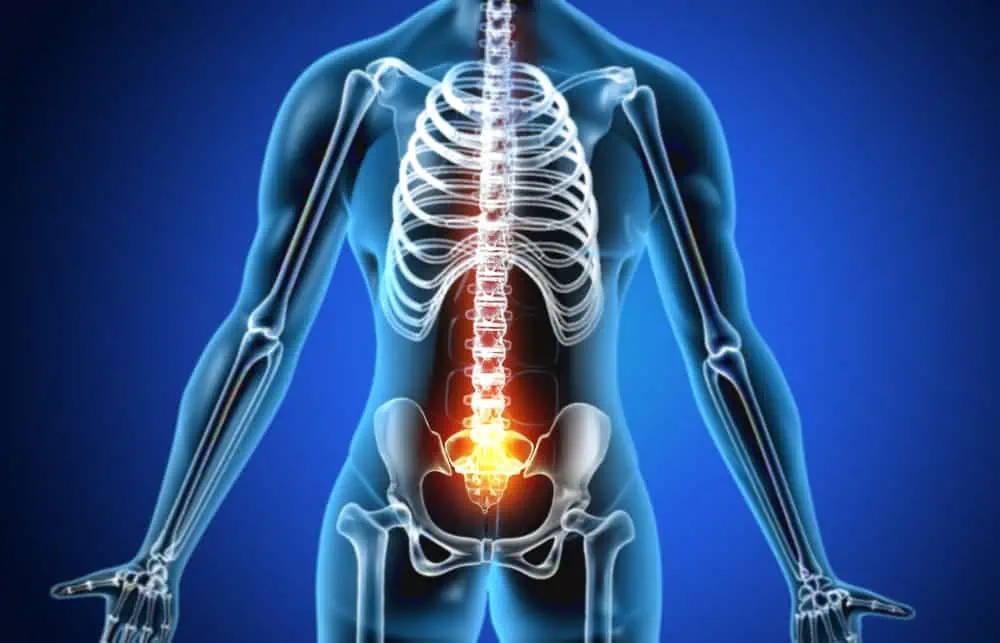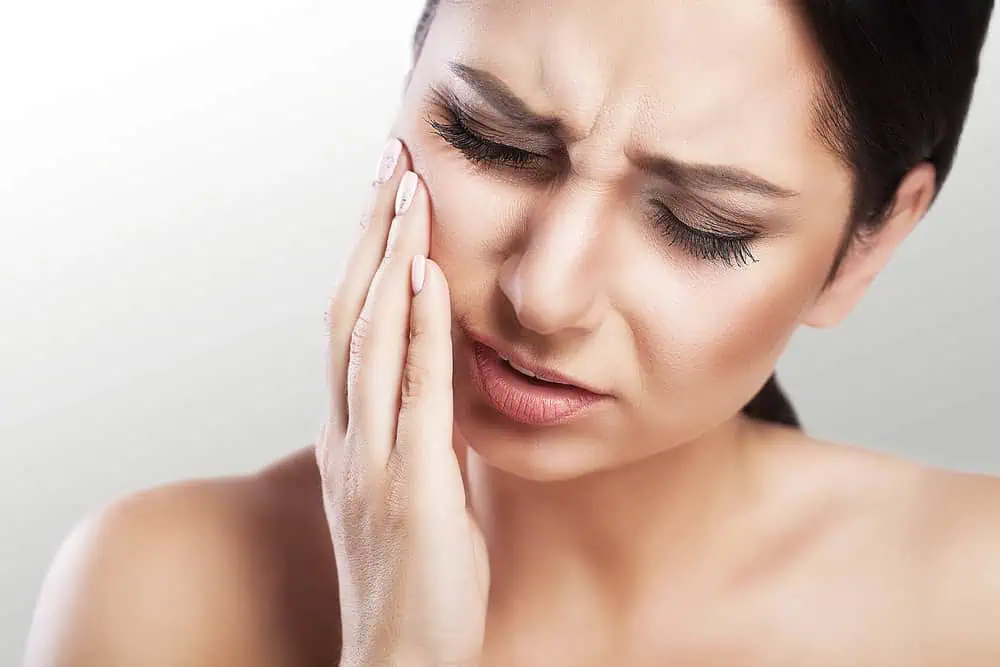Pain isn’t reserved for adults. In fact, between 20-35% of children and adolescents worldwide suffer from chronic pain.[1] Since chronic pain that appears in children often persists later in life, discovering the factors that lead to chronic pain and starting to address them may help the next generation lead a more pain-free life. A new study in the Journal of Pain[2] explored what these factors might be, hinting that childhood lifestyle habits may play a large role in the development of pain.
Overview of the Study
The findings, reported in the article “Associations of Sedentary Behavior, Physical Activity, Cardiorespiratory Fitness, and Body Fat Content with Pain Conditions in Children,” include the latest numbers from the ongoing Physical Activity and Nutrition in Children Study, which is being conducted at the University of Eastern Finland. The study as a whole is geared toward gathering extensive public health data on children’s lifestyle habits, health and well-being.
This study, in particular, looked at a sample of 439 children between the ages of 6 and 8. Researchers analyzed their physical fitness, exercise levels, physically passive hobbies and body fat percentages to determine what factors, if any, were linked to the development of chronic pain.
Key Findings
The researchers discovered that several lifestyle habits are, indeed, linked to the development of pain conditions. Sedentary behaviors, in particular, are likely to lead to pain problems. Compared to the least sedentary third of children in the study, the most sedentary were almost two times more likely to experience pain. Plus, those who were in the highest third in terms of cardiovascular fitness were 46% less likely to experience pain and 50% less likely to experience headaches (which were found to be the most common type of pain among children of this age group).
Although it may seem odd, it was also found that low body fat content can mean a higher risk of developing pain, experiencing pain in multiple locations and having lower limb pain. This may be because children of this age group need a specific amount of body fat in order to promote growth and not having enough can sometimes be detrimental.[3]
Implications for the Future
The goal of the study was to help inform strategies to prevent chronic pain in childhood. In doing so, they’re also working to lessen the number of adults who will experience chronic pain in the future.
The main findings from the study suggest that, unsurprisingly, increased physical fitness among children may go a long way toward warding off chronic pain conditions. Additionally, the authors suggest that introducing “pause” exercises into hobbies that are physically passive may also prevent the development of pain. Pause exercises involve children taking frequent breaks – from video games, television watching or other sedentary activities – and using the time to stretch and move their bodies, loosening up their joints and muscles and getting their blood pumping.
By moving slowly away from the sedentary lifestyles to which children are now becoming accustomed, maybe we can move toward a more active society with less pain – both now and in the future.
References
[1] The American Pain Society. “Assessment and Management of Children with Chronic Pain: A Position Statement from the American Pain Society” (2012).
[2] Vierola, Anu, Anna Liisa Suominen, Virpi Lindi, Anna Viitasalo, Tiina Ikävalko, Niina Lintu, Juuso Väistö, et al. “Associations of Sedentary Behavior, Physical Activity, Cardiorespiratory Fitness, and Body Fat Content with Pain Conditions in Children: The Physical Activity and Nutrition in Children Study.” The Journal of Pain 17, no. 7 (July 2016): 845–53.
[3] Corleone, Jill. “Body Fat Percentage for Children.” April 27, 2016. Accessed October 18, 2016. http://www.livestrong.com/article/194320-body-fat-percentage-for-children/.












